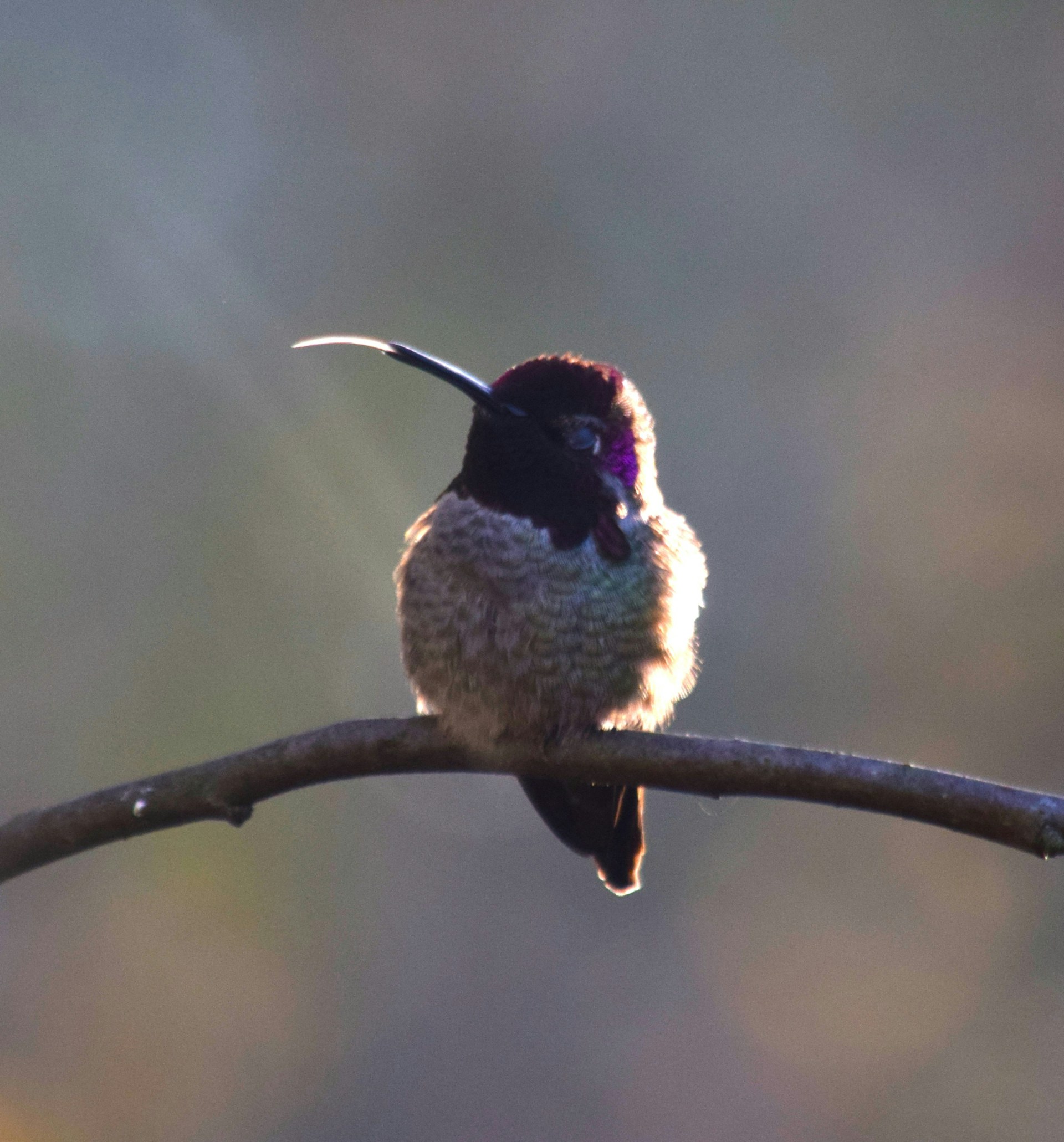Supporting Year-Round Hummingbird Habitats in the Pacific Northwest: A Guide to Feeding Annas and Rufous Hummingbirds
Introduction
The Pacific Northwest, known for its lush landscapes and mild climate, is a unique haven for hummingbirds. Among the many enchanting creatures that grace this region, Annas and Rufous Hummingbirds stand out as two of the most captivating species. As an outdoor enthusiast, you may already appreciate the vibrant presence of these hummingbirds. However, ensuring their well-being year-round requires more than admiration; it necessitates understanding their habits, needs, and the significant role that feeders play in their survival.
In this guide, we shed light on the fascinating characteristics of Annas and Rufous Hummingbirds, provide essential tips for supporting these tiny marvels throughout the year, and explore how you can enhance their habitat beyond feeders.
Unique Characteristics of Annas Hummingbirds
Year-round residents:
Unlike many bird species, Annas Hummingbirds are permanent residents along the Pacific Coast of North America. Particularly prevalent in Western Washington, British Columbia, and parts of urban and suburban environments, these hummingbirds have adapted remarkably well to human-influenced landscapes.
Adaptability to winter conditions:
Annas Hummingbirds exhibit extraordinary resilience, actively surviving through snowy conditions by employing a combination of feeding strategies. On snowy days, they often rely on insects, especially when flowers are scarce. The regions where Annas hummingbirds reside typically offer a combination of natural and urban elements, allowing them to find sustenance even in winter.
- During particularly cold nights, Annas enter a state of torpor, reducing their body temperature and metabolic rate to conserve energy. This unique adaptation is a crucial survival method of Annas in snow.
- The importance of feeders in regions where flowers are not available year-round cannot be overstated. Heated feeders’ effect on Annas hummingbirds is significant, preventing the nectar from freezing and ensuring a continuous food source.
Unique Characteristics of Rufous Hummingbirds
Migratory patterns:
In contrast to the sedentary Annas, Rufous Hummingbirds undertake one of the most remarkable migratory journeys, traveling from Southern Mexico to the Pacific Northwest in the spring and returning in the fall. The migration timing of Rufous hummingbirds is meticulous, with journeys beginning as early as January and reaching the Alaskan regions by mid-May.
Territorial nature:
Rufous Hummingbirds are known for their fierce and territorial behavior, often defending their feeding grounds aggressively. This characteristic makes it essential to strategically place multiple feeders to reduce territorial aggression and provide ample feeding opportunities for all.
Essential Tips for Supporting Hummingbirds Year-Round
Winter Care for Annas Hummingbirds:
- Use heated feeders to prevent nectar from freezing, ensuring a reliable food source even in harsh weather conditions.
- Place feeders in sheltered areas to protect them from the elements and minimize exposure to cold winds.
- Provide consistent feeding by regularly filling and maintaining feeders to establish a reliable food source.
Summer Care for Both Species:
- Utilize multiple feeders reducing territorial aggression and ensuring that all visiting hummingbirds have access to food.
- Regularly clean feeders to prevent the spread of diseases and maintain feeder hygiene. The recommended frequency of cleaning hummingbird feeders is at least once a week during warm months and more frequently if needed.
General Care:
- Prepare hummingbird nectar using a simple recipe: mix four parts water to one part sugar, ensuring that the sugar is fully dissolved. Avoid using red dyes as they can be harmful to the birds.
- Maintain the cleanliness and trough of feeders to prevent mold and bacteria growth.
Habitat Enhancement Beyond Feeders
Creating a hummingbird-friendly environment goes beyond offering feeders. By incorporating native flowering plants and taking measures to minimize predator risks, you can support the natural behaviors and dietary needs of these birds.
Planting native flowering plants:
Consider these pacific northwest native plants for hummingbirds to attract and sustain them with natural nectar sources:
- Western Trumpet Honeysuckle (Lonicera ciliosa) – Blooms May-July
- Sitka Columbine (Aquilegia formosa) – Blooms May-August
- Tiger Lily (Lilium columbianum) – Blooms June-September
- Pacific Bleeding Heart (Dicentra formosa) – Blooms March-July
- Redflowering Currant (Ribes sanguineum) – Blooms March-April
- Salmonberry (Rubus spectabilis) – Blooms March-June
- Red Huckleberry (Vaccinium parvifolium) – Blooms April-June
- Pacific Rhododendron (Rhododendron macrophyllum) – Blooms April-July
- Black Twinberry Honeysuckle (Lonicera involucrata) – Blooms March-August
- Straggly Gooseberry (Ribes divaricatum) – Blooms April-May
Creating a safe environment:
- Position feeders out of the reach of predators such as stray cats to reduce risks. The predator risk minimization in hummingbird habitats can be improved by placing feeders at least a few feet off the ground in areas with lower predator activity.
- Provide habitat connectivity with native plants that offer cover and safe foraging opportunities, reducing the need for long and risky flights.
- Maintain water sources such as running water features that hummingbirds find attractive and safe for feeding.
Conclusion
Supporting Annas and Rufous Hummingbirds year-round in the Pacific Northwest is a rewarding endeavor that deepens our connection to nature and enhances our outdoor experiences. By understanding their unique characteristics and adopting essential care practices, we can ensure these enchanting birds thrive in our backyards.
Whether it’s by using heated feeders during winter, planting native flowers, or consistently maintaining clean feeders, every action you take contributes to creating a welcoming habitat for hummingbirds. So, take the plunge, set up multiple feeders, and cultivate a garden that hums with the energy of these fascinating birds year-round.

